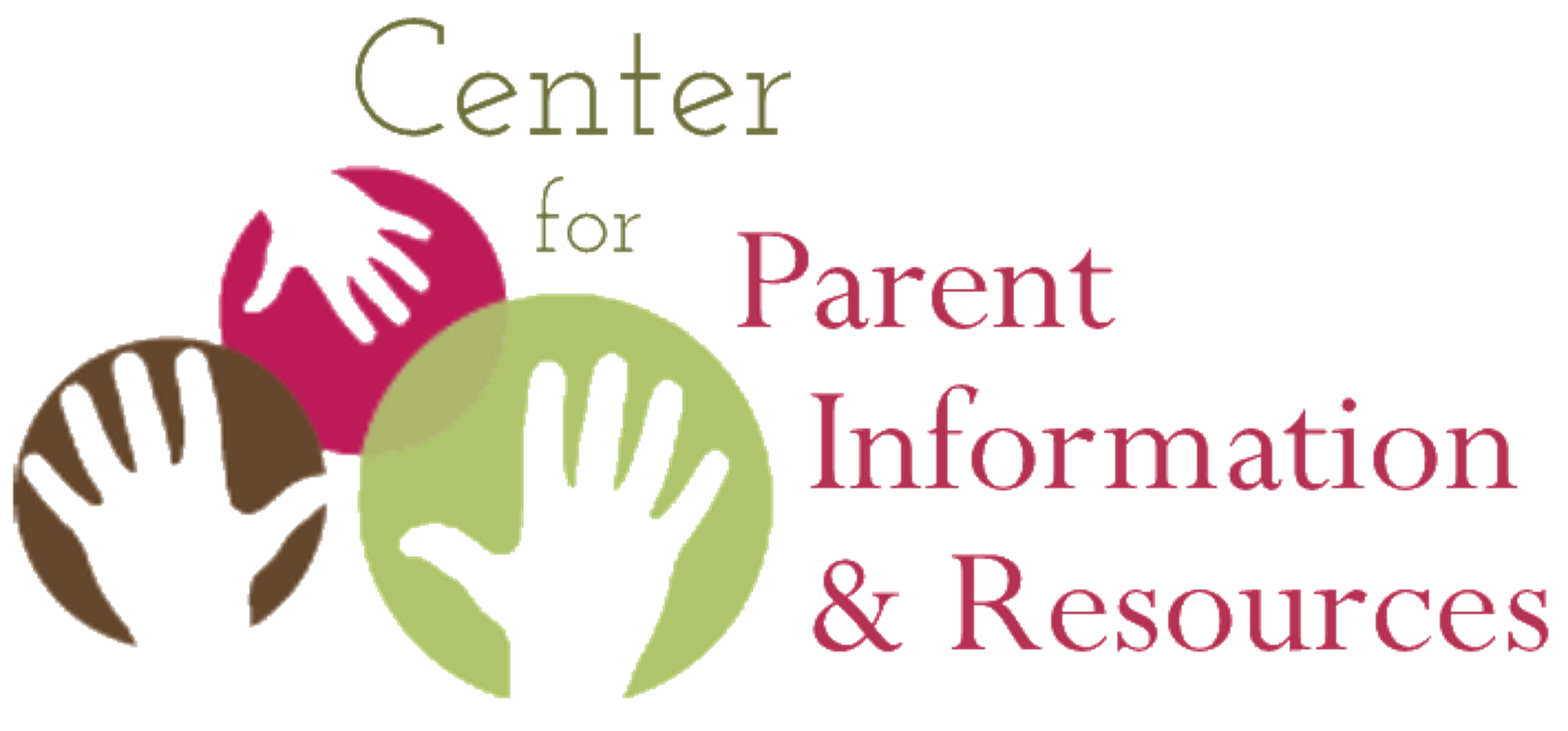School Inclusion
Looking for information about inclusion of children with disabilities in our schools and communities? CPIR is very pleased to offer you this resource page, which will connect you with the great work and materials of the disability network nationwide and internationally.

